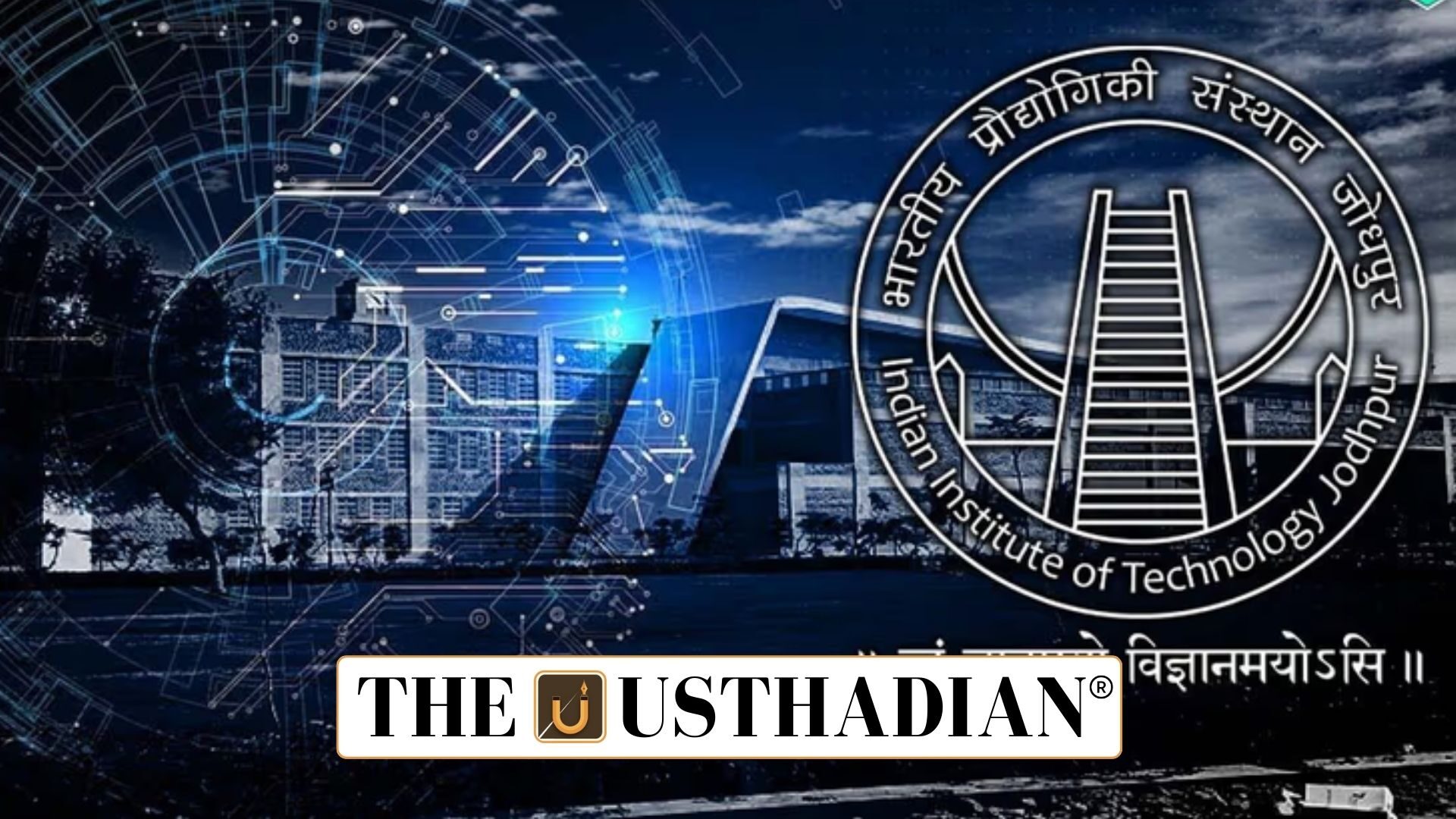Breaking barriers in language technology
IIT Jodhpur AI Initiative for Indian Languages and Heritage: India’s vast linguistic diversity makes digital inclusion a challenge. While English dominates AI tools, Indian languages often lack adequate technological support. To bridge this gap, IIT Jodhpur’s Vision, Language and Learning Group (VL2G), led by Prof Anand Mishra, is spearheading research to create indigenous AI systems that integrate vision and language.
As part of the Government of India’s Bhashini project, IIT Jodhpur has launched open-source APIs that recognize and translate scene text in 13 Indian languages including Hindi, Tamil, Telugu, Bengali, and Urdu. These APIs can help users read road signs, shop names, and official boards in multiple scripts.
Static GK fact: The Bhashini project is India’s National Language Translation Mission launched in 2022 to make digital services available in Indian languages.
Preserving heritage through AI
Beyond modern applications, IIT Jodhpur is also addressing the preservation of ancient manuscripts. Collaborating with Indira Gandhi National Center for the Arts (IGNCA) and TIH-iHUB Drishti, researchers are developing deep learning models to clean, restore, and digitize old texts in Sanskrit, Pali, Telugu, and other classical languages.
Optical Character Recognition (OCR) systems are being refined to process even damaged documents, ensuring that India’s traditional knowledge systems can be studied and revived for future generations.
Static GK fact: IGNCA was established in 1987 under the Ministry of Culture to document and preserve India’s art and heritage.
Video AI for skills and safety
IIT Jodhpur’s collaboration with Accenture Labs focuses on video AI systems powered by transformer networks. These models are capable of detecting and tracking unseen objects, expanding their utility across multiple domains.
Applications include automated skill assessments for education, safety monitoring at industrial sites, and healthcare analytics for public welfare. Such AI models are expected to play a major role in workforce development under India@2047, the government’s vision plan for a technologically advanced nation.
Static GK Tip: Accenture is a global IT and consulting firm headquartered in Dublin, Ireland.
Vision for inclusive innovation
The central philosophy of IIT Jodhpur’s project is to build open-source, indigenous AI solutions that serve India’s cultural and societal needs. By aligning research with government missions like Digital India and Bhashini, these initiatives ensure that technology reaches people in their native languages while preserving heritage.
This initiative positions India not only as a consumer of global AI but also as a leader in inclusive, culturally rooted innovation.
Static Usthadian Current Affairs Table
IIT Jodhpur AI Initiative for Indian Languages and Heritage:
| Topic | Detail |
| Lead Institution | IIT Jodhpur, Vision, Language and Learning Group (VL2G) |
| Project Head | Prof Anand Mishra |
| Government Mission | Bhashini – National Language Translation Mission |
| APIs Developed | Open-source scene text recognition for 13 Indian languages |
| Supported Languages | Hindi, Marathi, Gujarati, Punjabi, Bengali, Assamese, Odia, Manipuri, Malayalam, Kannada, Tamil, Telugu, Urdu |
| Heritage Collaboration | IGNCA and TIH-iHUB Drishti |
| Manuscript Work | Cleaning, restoration, OCR of Sanskrit, Pali, Telugu texts |
| Industry Partner | Accenture Labs |
| Video AI Applications | Skill assessment, workplace safety, healthcare analytics |
| National Vision | India@2047 for inclusive digital innovation |








